- April 12, 2024
10 Proven Tips – Dogster
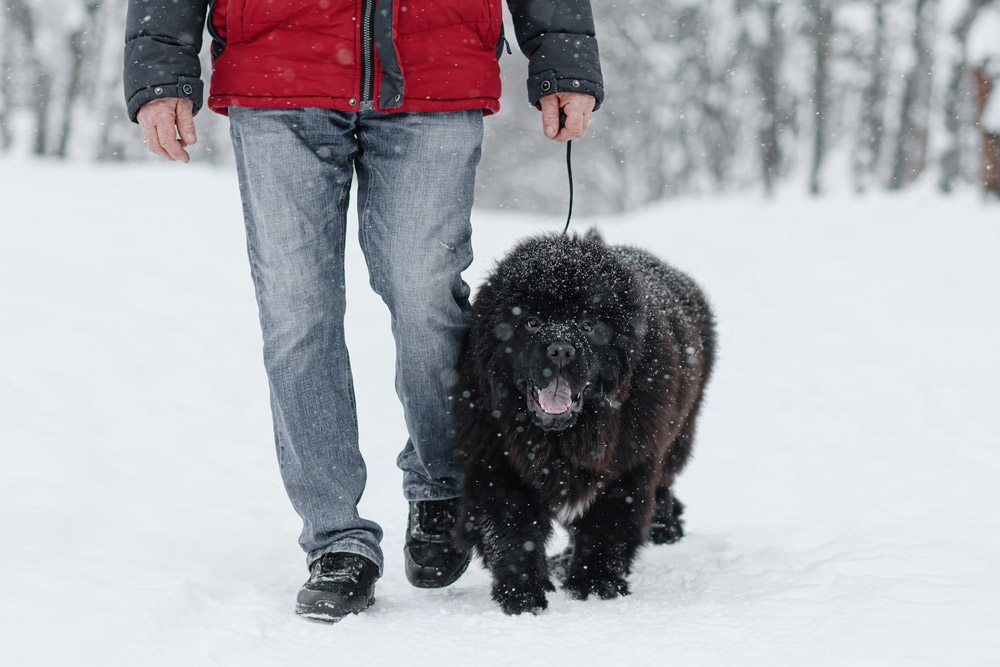
Newfoundlands are large dogs that can overwhelm even experienced dog owners due to their rapid growth. However, training these smart dogs is not difficult. If you are thinking about getting one of these dogs but are worried about training them, keep reading for several tips and tricks that you can use to make the process a little easier and improve your chances of success.

Before You Begin
Gather necessary training supplies like treats, a clicker (optional), a leash, and a collar or harness. You can find all these supplies at your local pet store or online. You also need a calm and comfortable environment for training sessions, like an out-of-the-way room, garage, or quiet part of the yard. Ensure that your Newfoundland has had enough exercise and mental stimulation before training to help them focus on you and the training commands.
The 10 Tips on How to Train a Newfoundland Dog
1. Establish Basic Commands
Begin with essential commands like “sit,” “stay,” “come,” and “down.” These will help keep your dog safe when you are away from home. Walking on trails and enjoying your local dog parks and dog-friendly areas will also be easier and more fun. Use positive reinforcement by rewarding your Newfoundland with treats and verbal praise when they perform the desired behavior correctly. Be consistent in your commands and hand signals, using the same cues each time so your dog can easily understand the messages that you are trying to convey.
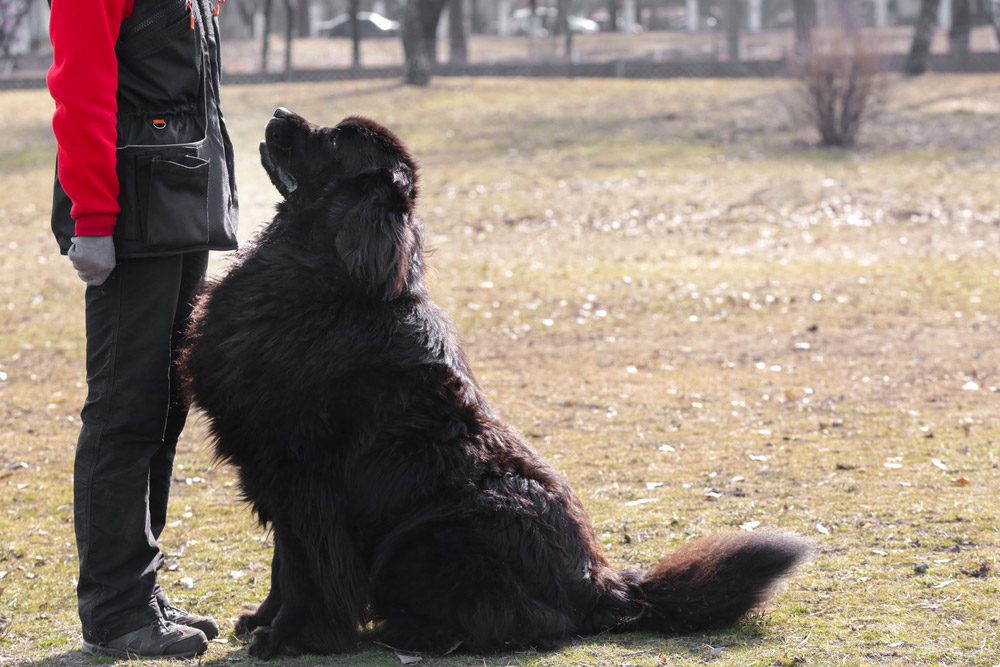
2. Socialize Your Newfoundland
When your dog is still a puppy, introduce them to various people, animals, and environments as often as possible to promote good social skills, and continue to do so as they age. Take your Newfoundland on walks, visit dog parks, go swimming, or enroll them in obedience classes to expose them to different situations. The more experience they get, the more comfortable they will be in strange environments.
3. Train for Loose Leash Walking
Teach your pet to walk on a loose leash without pulling, as this can be a major problem for many owners, especially older people. A Newfoundland is a large dog, so you want to be able to control them. Start in a low-distraction environment, and gradually increase the length of your walks as your dog improves. You can also walk in more crowded environments when your dog is behaving. Use treats and rewards to reinforce the behavior of walking calmly beside you.
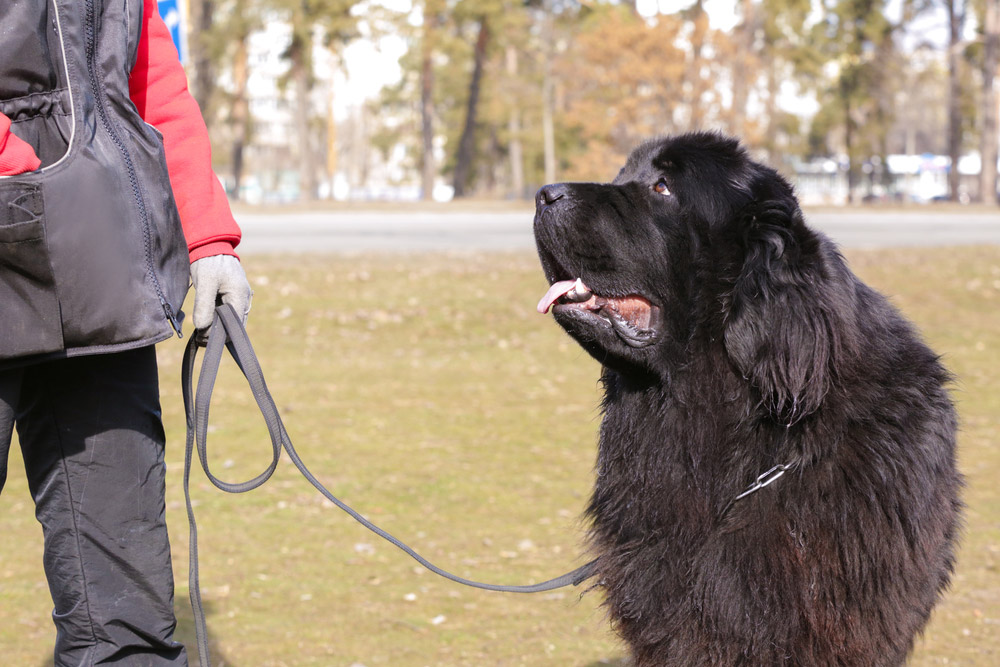
4. Train for Recall
Practice the “come” command in a safe, enclosed area where your dog can focus. Use a long leash to maintain control while giving your dog freedom to explore. Reward your Newfoundland with high-value treats or playtime when they return to you.
5. Teach Proper Social Behavior
Train your Newfoundland to be polite and well-mannered around people and other dogs. Discourage jumping, mouthing, or unwanted behaviors by redirecting their attention and rewarding appropriate behavior.
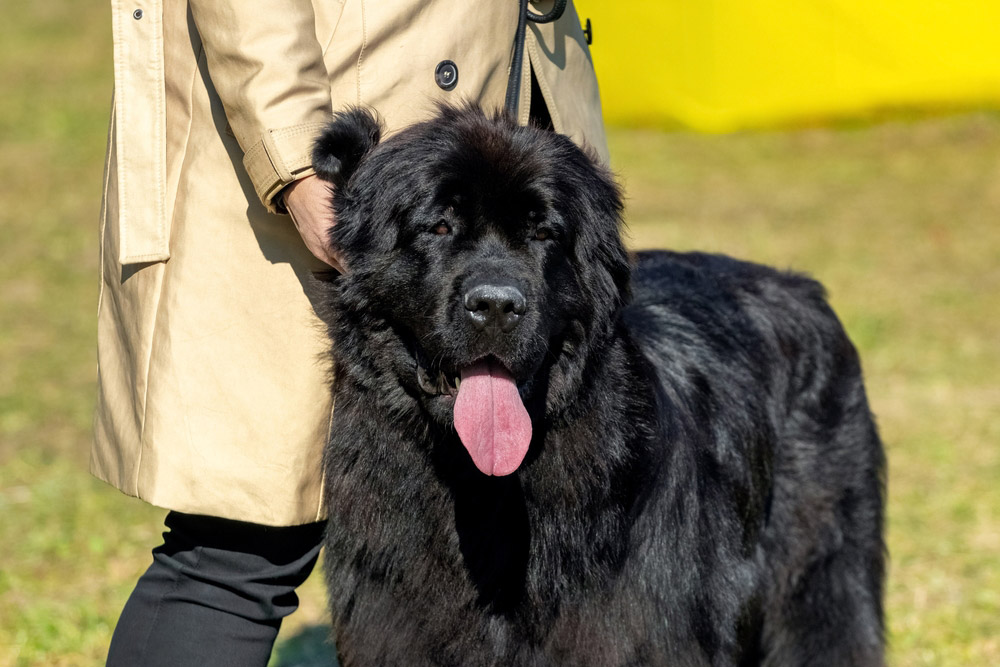
6. Practice Patience and Consistency
Newfoundland dogs are known for their calm and gentle nature, but they can be slow learners if their attention is elsewhere or you find it hard to find a quiet area to hold your sessions. Be patient, as it can take several weeks for a dog to learn a new trick, and avoid punishment-based methods, which can make your dog less interested in attending your training sessions. Keep the sessions short, frequent, and consistent in order to maintain your dog’s attention and progress.
7. Do Advanced Training and Activities
Once your Newfoundland has mastered the basics, consider advanced training, such as agility, water rescue, or therapy dog work. These activities provide mental stimulation and help channel their instincts, which can help them behave better throughout the day.
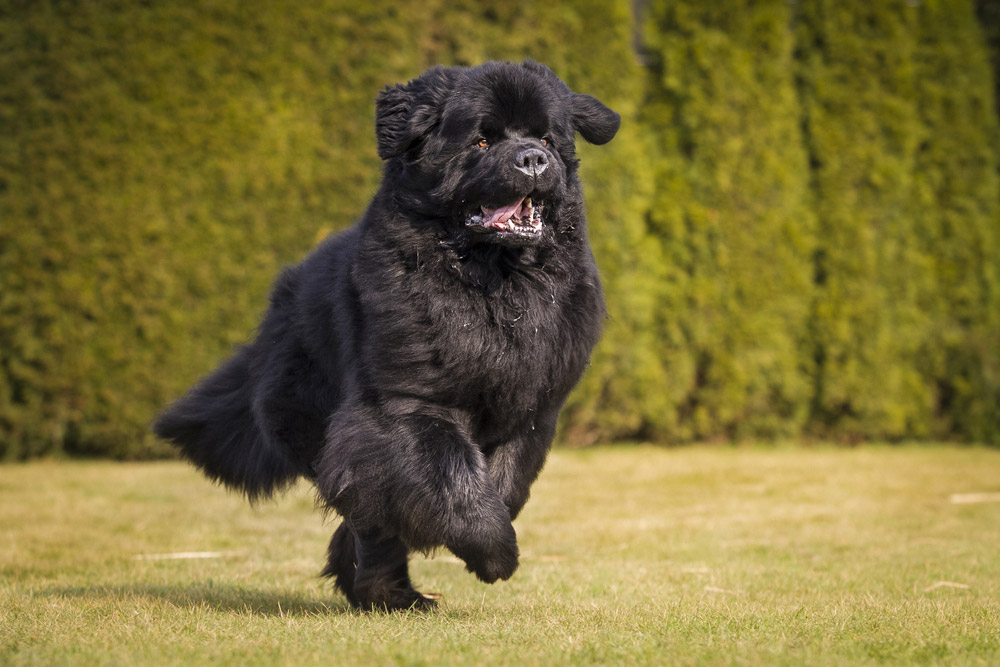
8. Introduce Distractions Gradually
Once your Newfoundland understands basic commands, gradually introduce distractions during training sessions. Start with mild distractions, and progressively increase their difficulty as your dog learns to ignore them. This training helps your dog learn to focus and obey commands even in challenging situations.
9. Keep Training Sessions Fun and Positive
Make training sessions enjoyable for your Newfoundland by incorporating games, toys, and playtime. Use an upbeat and enthusiastic tone to convey your excitement during training, fostering a stronger bond between you and your dog. It will also help your dog look forward to the next training session and can help speed up learning.
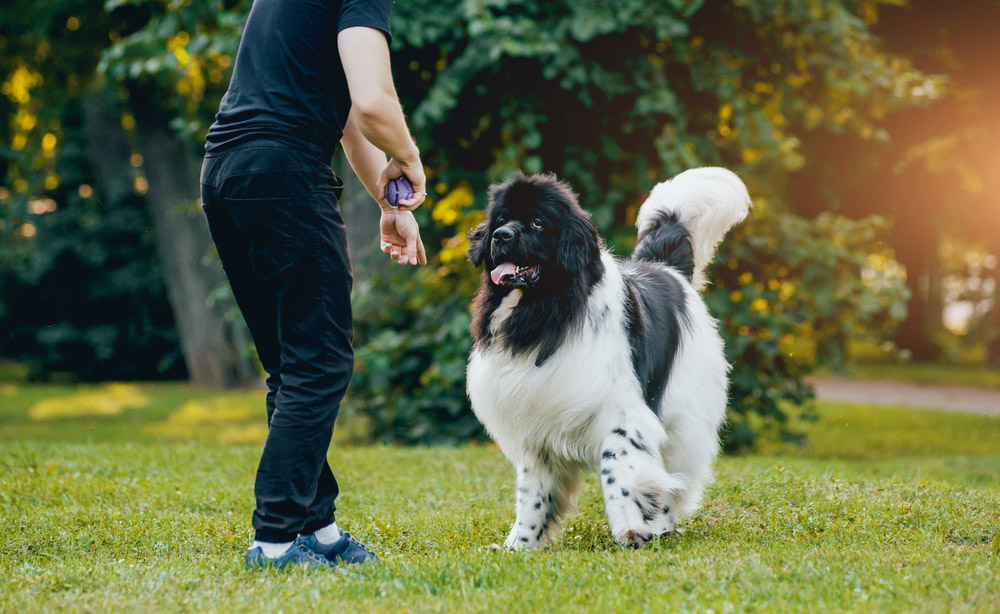
10. Hire a Professional
Hiring a professional can be a great option if you are struggling to train your dog or it is taking longer than you think it should. They often have the experience and skills to train the dog quickly and can provide tips and tricks specific to your pet that can help you get better results at home.

Summary
Training large dogs is vital because they can easily get out of hand as adults. However, starting early with your training sessions and exposing them to as many new people, places, and other animals as possible can help them feel more comfortable in any environment. Start with simple but important commands like “sit,” “stay,” and “come” to help keep everyone safe when you are out walking, and add distractions as your pet gets the hang of following your commands. Above all, be patient and consistent!
Featured Image Credit: Anton Pentegov, Shutterstock
Tags
What do you think?
Related Articles

New Puppy Checklist: Gear You’ll Need for Your New Dog
Getting a new puppy is really exciting, but before you welcome them home, it’s important to prepare your space for them. Since puppies need a

How Big Do Mini Poodles Get? Vet Reviewed Average Weight & Growth Chart – Dogster
The information is current and up-to-date in accordance with the latest veterinarian research. Learn more » When you buy a Miniature Poodle, you might not

Can Police Dogs Smell Nicotine? Vet Verified Facts & Info – Dogster
The information is current and up-to-date in accordance with the latest veterinarian research. Learn more » While cigarette sales have been declining steadily for decades,

How Old Is 5 in Dog Years? Vet-Approved Guide to Each Size of Dog – Dogster
The information is current and up-to-date in accordance with the latest veterinarian research. Learn more » A common method for calculating a dog’s age is

